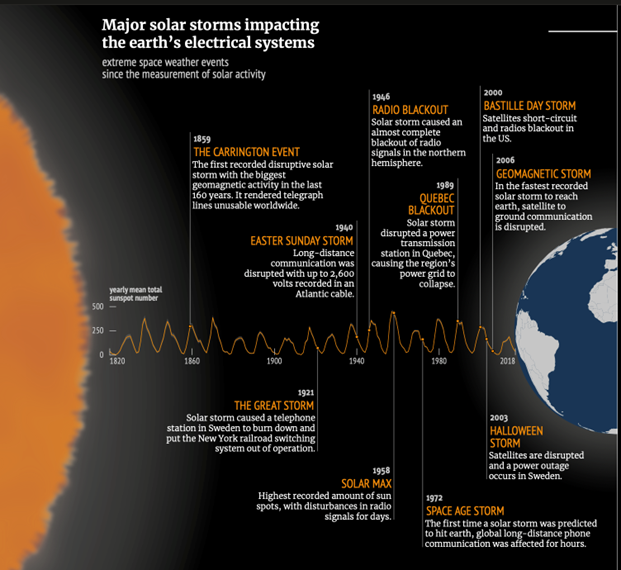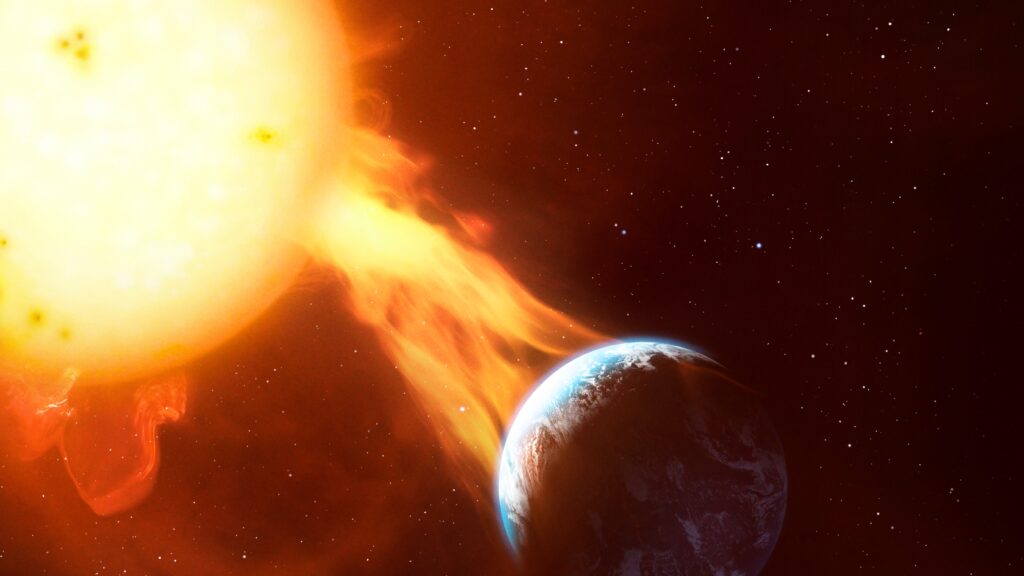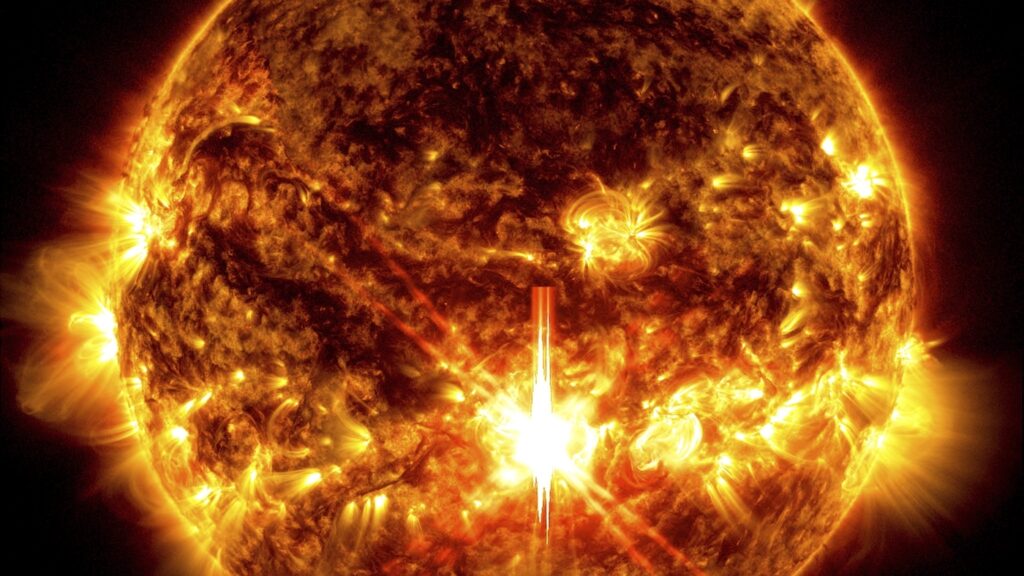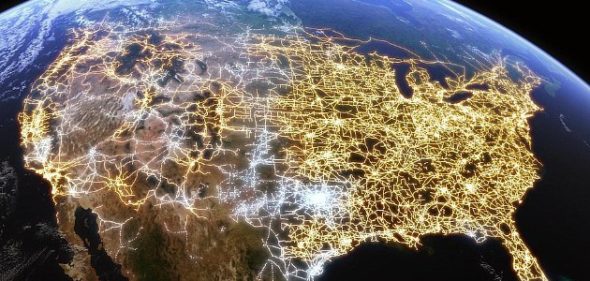As we approach 2024, the Sun is entering a more active phase of its 11-year solar cycle, known as the Solar Maximum. This period is characterized by increased solar flares and coronal mass ejections (CMEs), which can lead to geomagnetic storms impacting Earth’s technological infrastructure. Potential effects include disruptions to GPS navigation, telecommunications, weather forecasting, and power grids. To mitigate these risks, it’s essential to enhance satellite resilience, protect power grids, and maintain regular data backups.


Source: https://yourstory.com/2024/02/gear-solar-storms-get-violent






